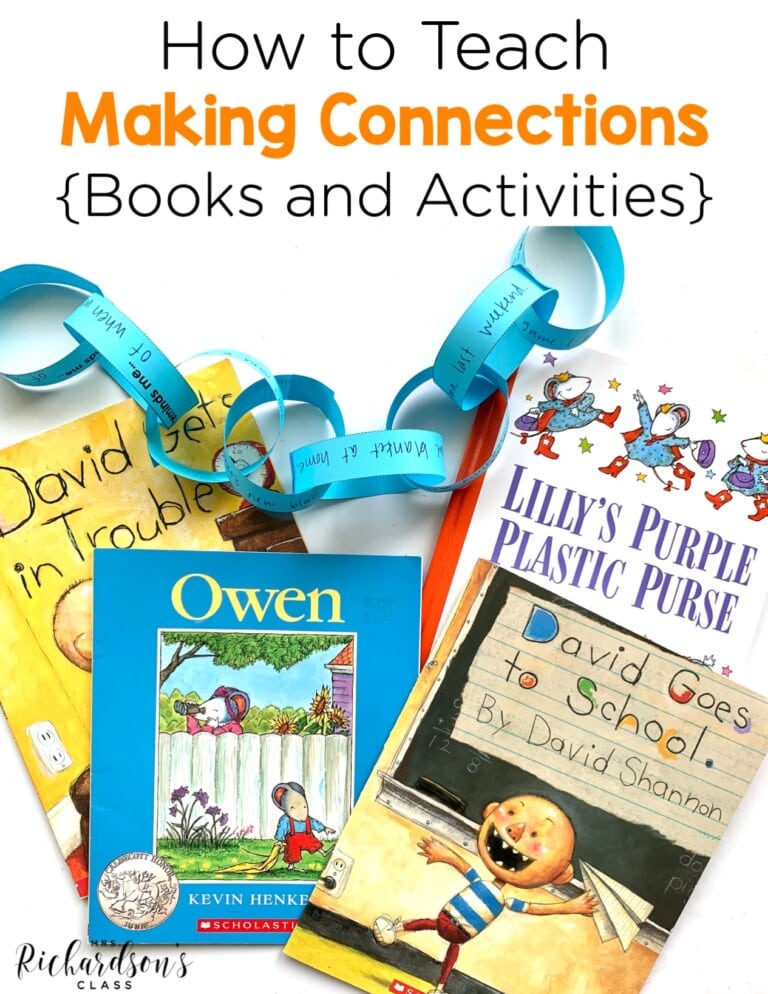


I hear many comments from teachers like this one from Angela: “I used to dread guided reading, but now it’s one of my favorite parts of the day.” How did she get from agonizing over guided reading level D to looking forward to it? By learning how to prepare, plan, and implement engaging and intentional lessons.
When I first started guided reading, it was hard. When do I do word work? What do I say during the introduction? How do I squeeze in guided writing or comprehension practice? What even is guided writing?
Once I felt like I got the hang of guided reading, I did a ton of research into best practices. I took what I learned and implemented it in my own classroom. I quickly saw amazing results with my students.
Then, I decided to compile everything that I needed for guided reading. The result is Guided Reading Level D: a complete guide to advance every reader. This unit has everything you’ll need for each part of the lesson, including leveled readers.
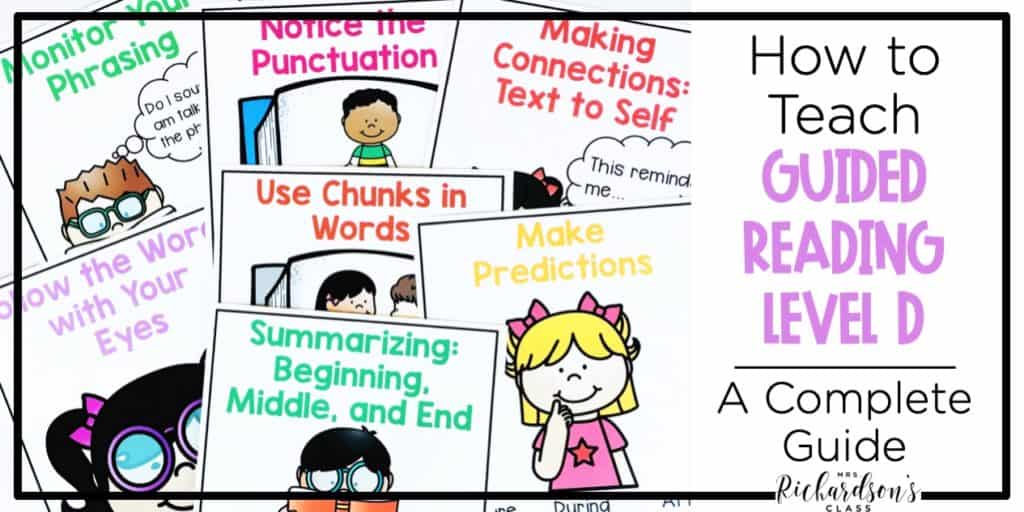
I want to share the five basic steps to have a successful guided reading level D group. This guide helped me have quality, effective time with my students at the table.
Knowing and understanding what the students should be able to do at this level will help you know exactly what to support and teach. I also like to review what reading behaviors students mastered at the previous level and what they will need to master in the next level.
A few of the reading behaviors for guided reading level D you need to intentionally teach and support include:
I included teacher notes to help explain where students are coming from, what they are focusing on now, and what they will go next in their reading.
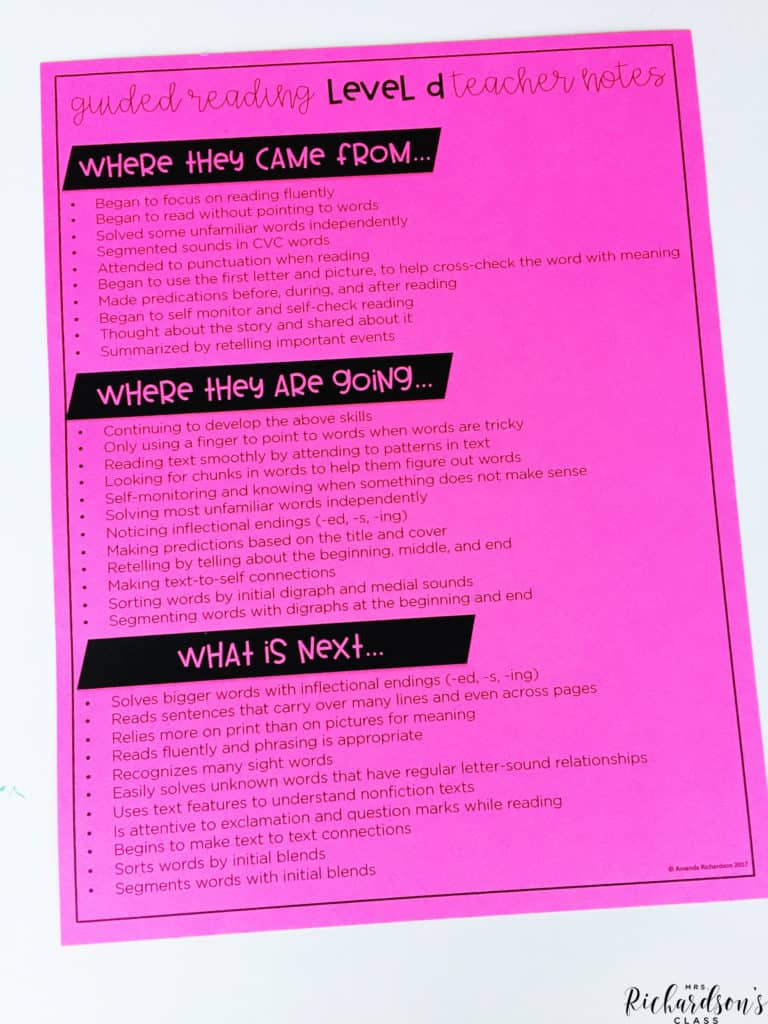
Do you need a list of the reading behaviors for each level? You can grab the FREE Guided Reading Resource Cards in THIS blog post. It also includes a set of cards for leveled word work activities and comprehension and fluency strategies. You’ll be set for levels A-Q.
This can be the hard part. I wanted to coach you through lesson planning. The level D unit includes detailed, scripted lesson plans for both one-day lessons and two-day lessons. I put exactly what to say during each component of the lesson so you will feel prepared and confident.
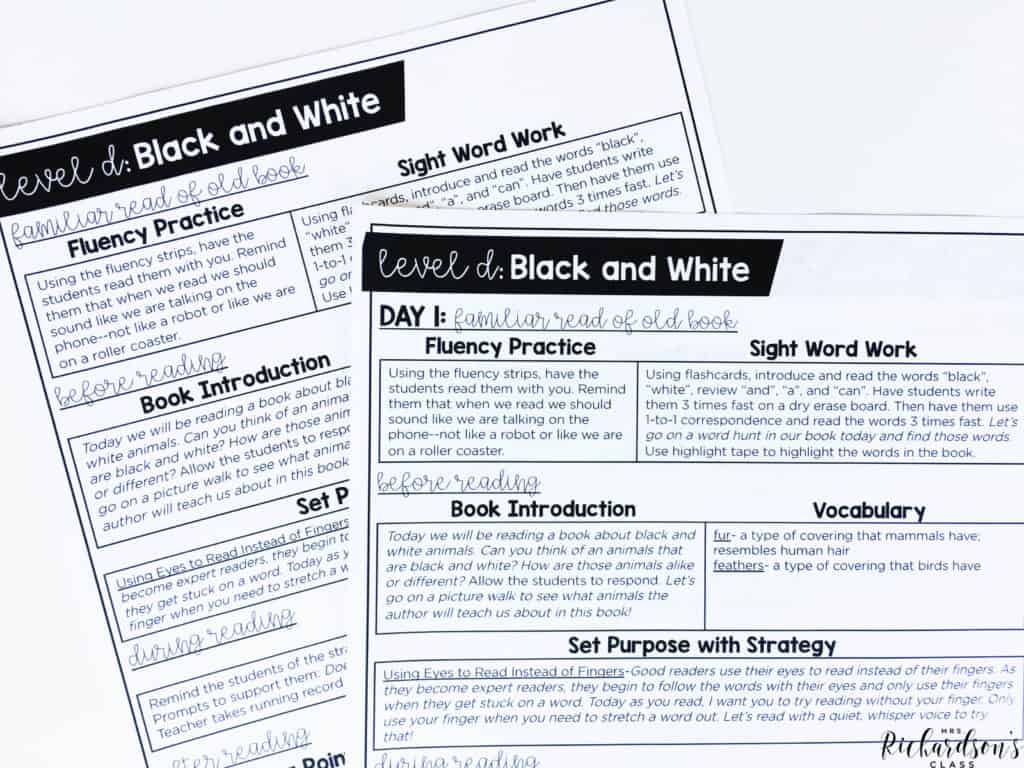
Each lesson has level appropriate word work, sight word review activities, and comprehension practice that coordinates with each book. You’ll quickly learn how to structure a complete guided reading lesson on your own after getting to practice with the scripted plans.
To see how I prepare for each group to come to the table, check out this helpful video HERE.
This unit includes six printable level D books to make for your students. There’s also a printer-friendly black and white version. These books were carefully written to align with level D reading behaviors, strategies, and phonics.
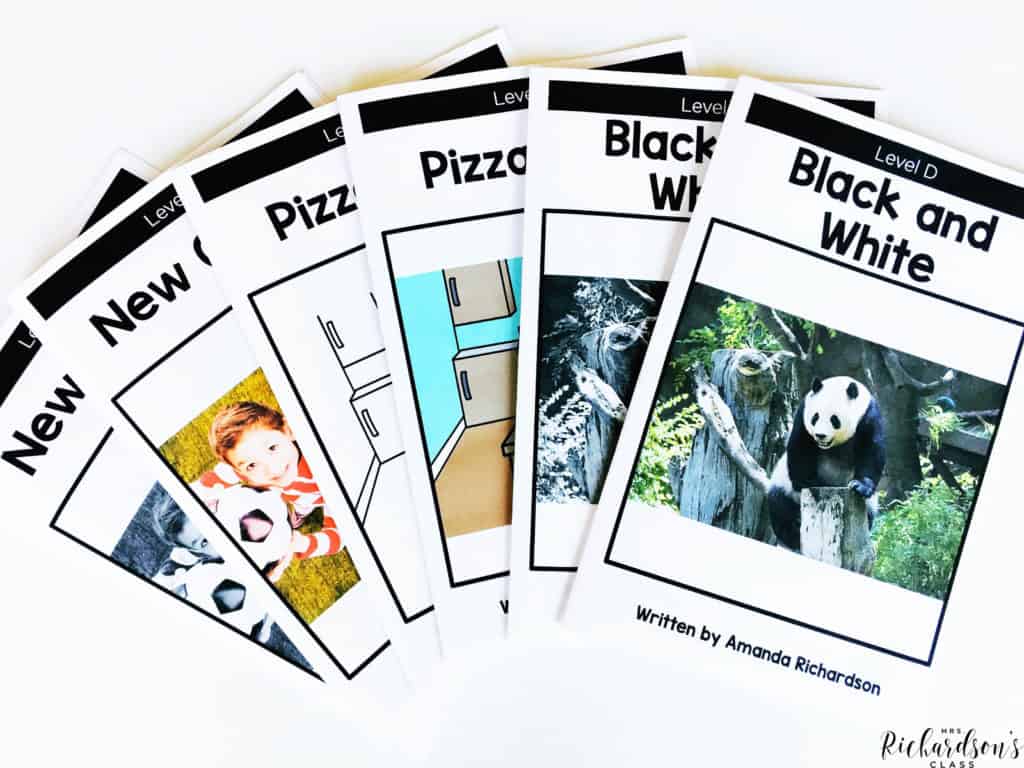
Everything you’ll need to teach word work is also included – letter tiles, vocabulary picture cards, elkonin boxes, and sorting cards. Each book has specific word work activities that correlate with the level and detailed teacher directions.
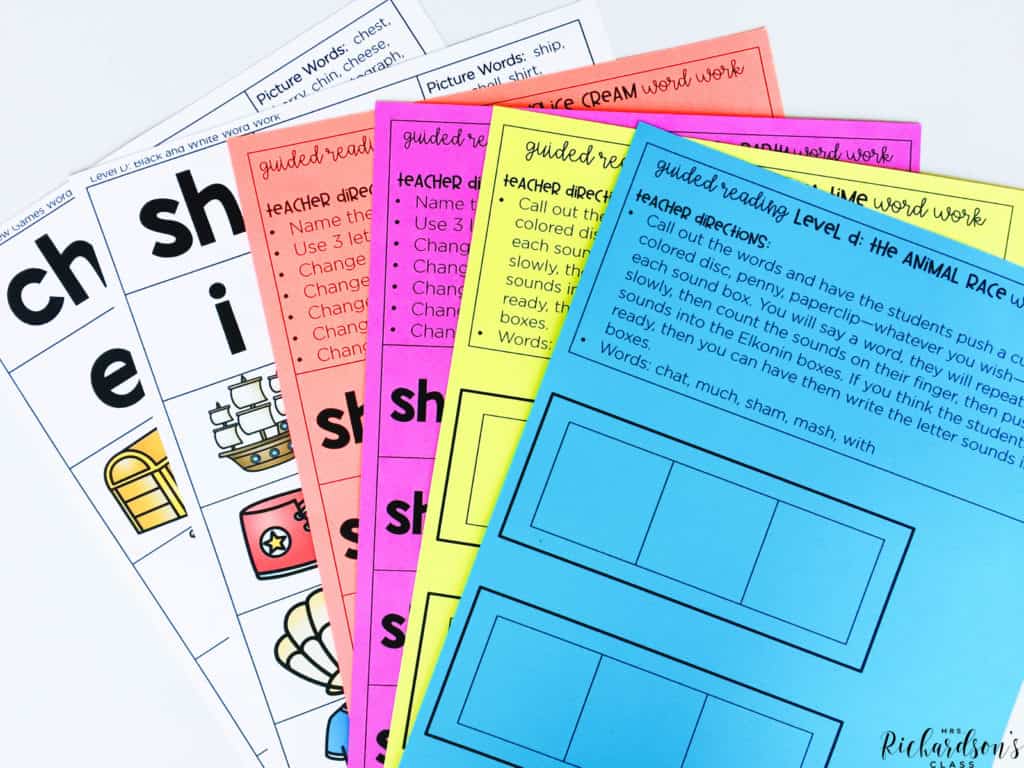
Guided Reading Level D also has teaching posters to help remind students to use their decoding and comprehension strategies. I liked to hang mine on the wall behind me so students could easily see them!
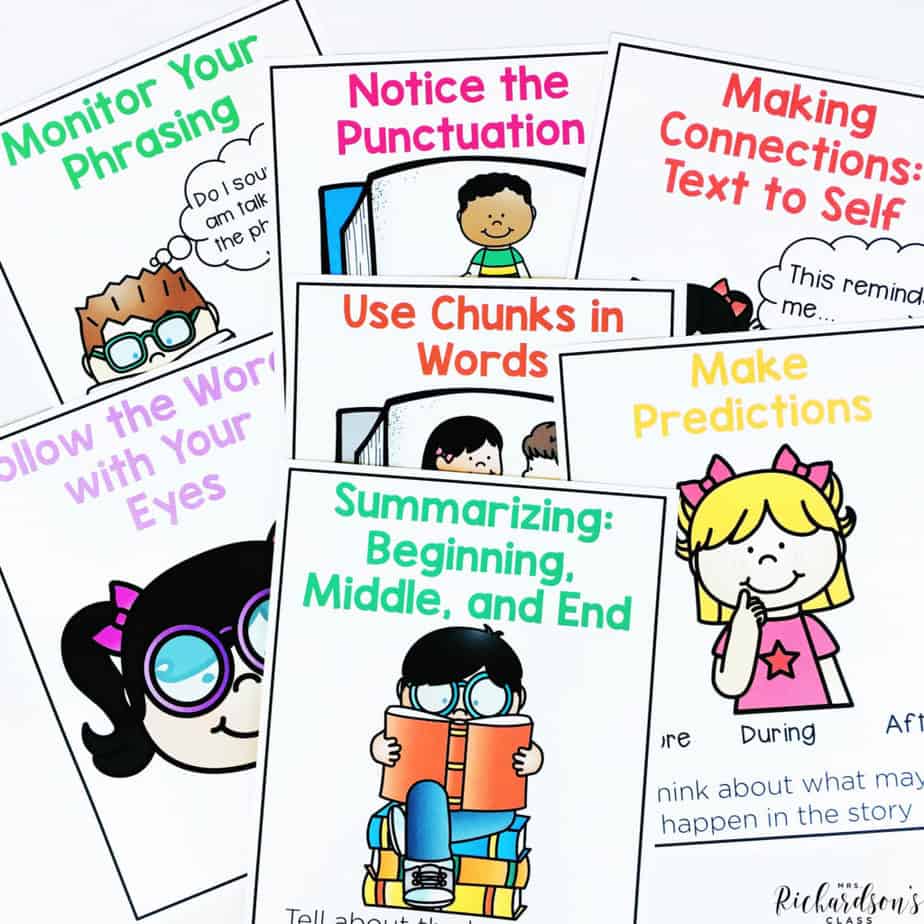
How do you know if students are in the correct guided reading level? One great way to check and monitor students’ progress is with running records. They capture how well the student reads, reading behaviors, and accuracy. The level D unit has a running record form for each book, plus a complete guide on how to take a running record and use it. You can grab tips for running records HERE.
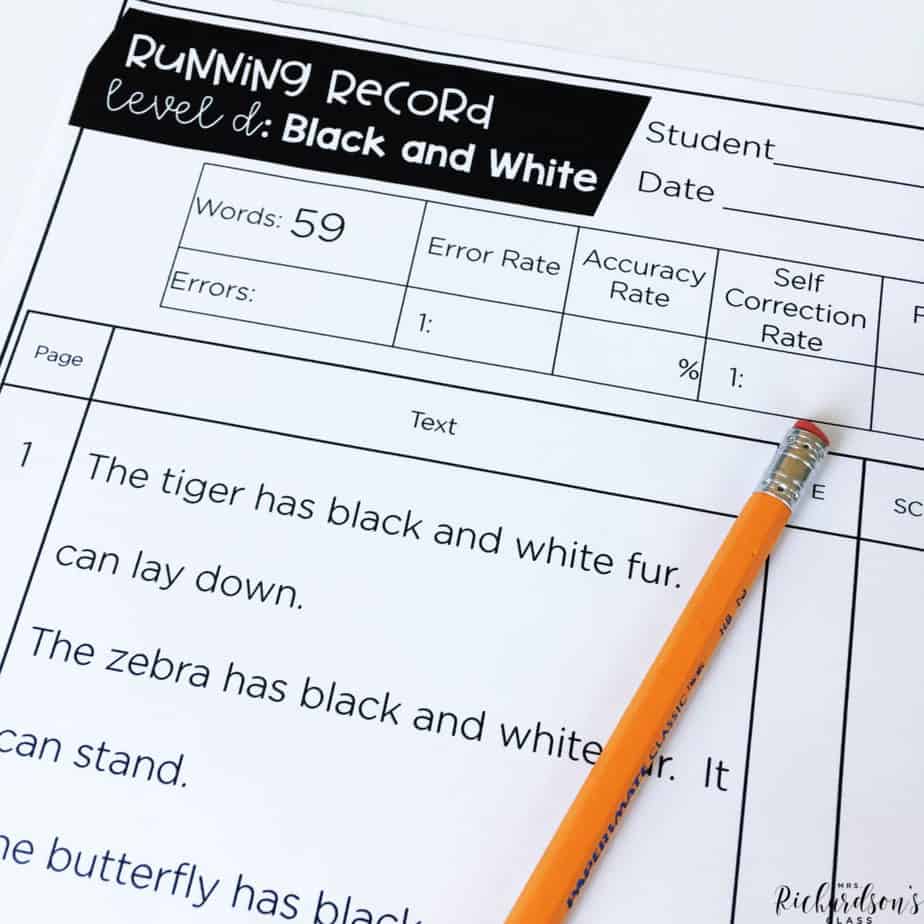
When parents are included in their child’s learning, students are more likely to be successful. So, the unit includes several helpful parent resources to explain what the students are doing in guided reading.
First, there is a parent letter to send home when a student moves to level D. It lists what students now know how to do, what we are going to learn, and what they will learn next.
Then there is also a note to send home with each book. This book-specific note guides parents through questions to ask to support decoding and comprehension strategies. It also includes questions for parents to ask students after reading the book to encourage conversation.
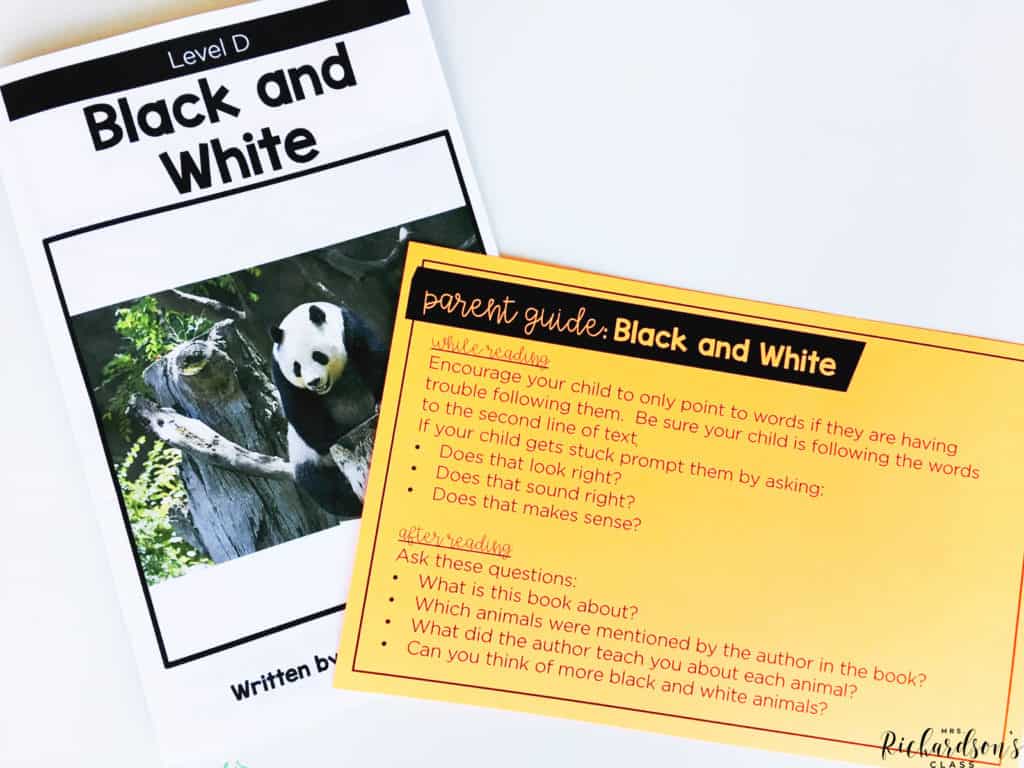
If you feel like Angela – dreading guided reading- try taking yourself through each of these five steps to see if you can find the problem. If you want a step-by-step complete guide, I’d encourage you to look into the Guided Reading Level D unit.
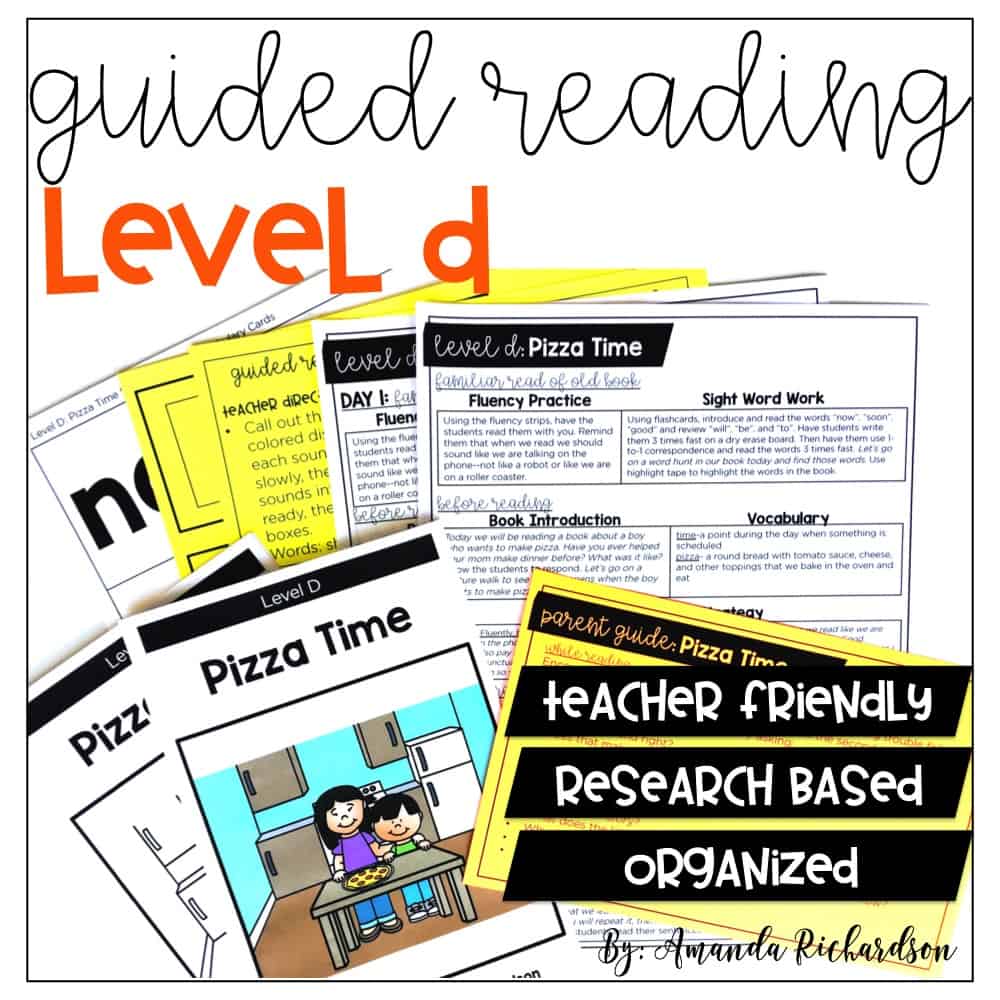
No matter where you are with guided reading -brand new, needing to tweak your practices, or wanting to take it to the next level – this unit is for you.
Another teacher already using this unit said,
I hope you will find the same to be true.
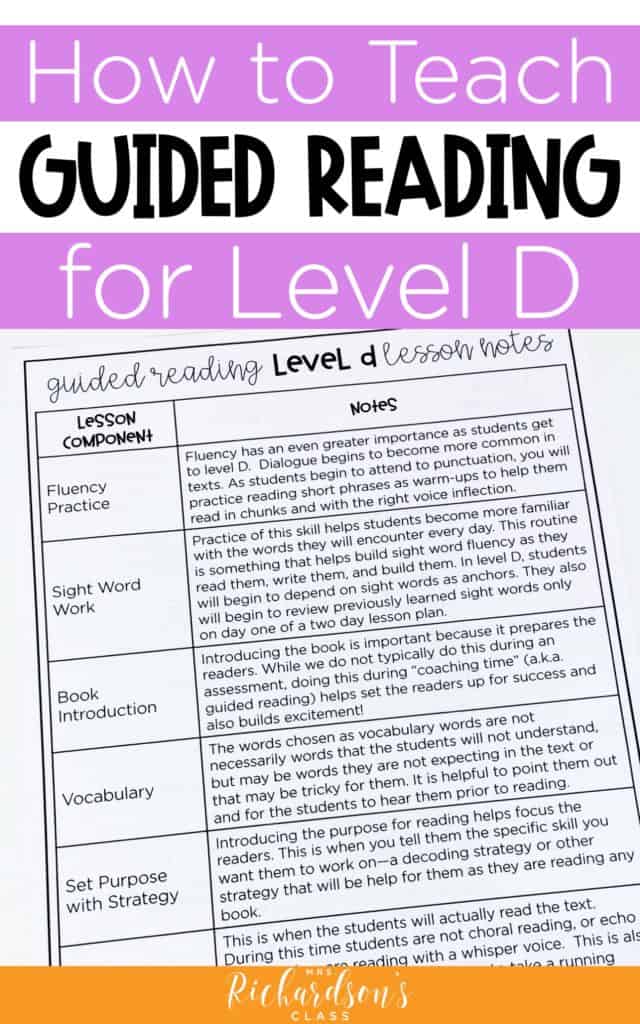
pin it
Head to my store to check it out. Let me know if you have any questions.
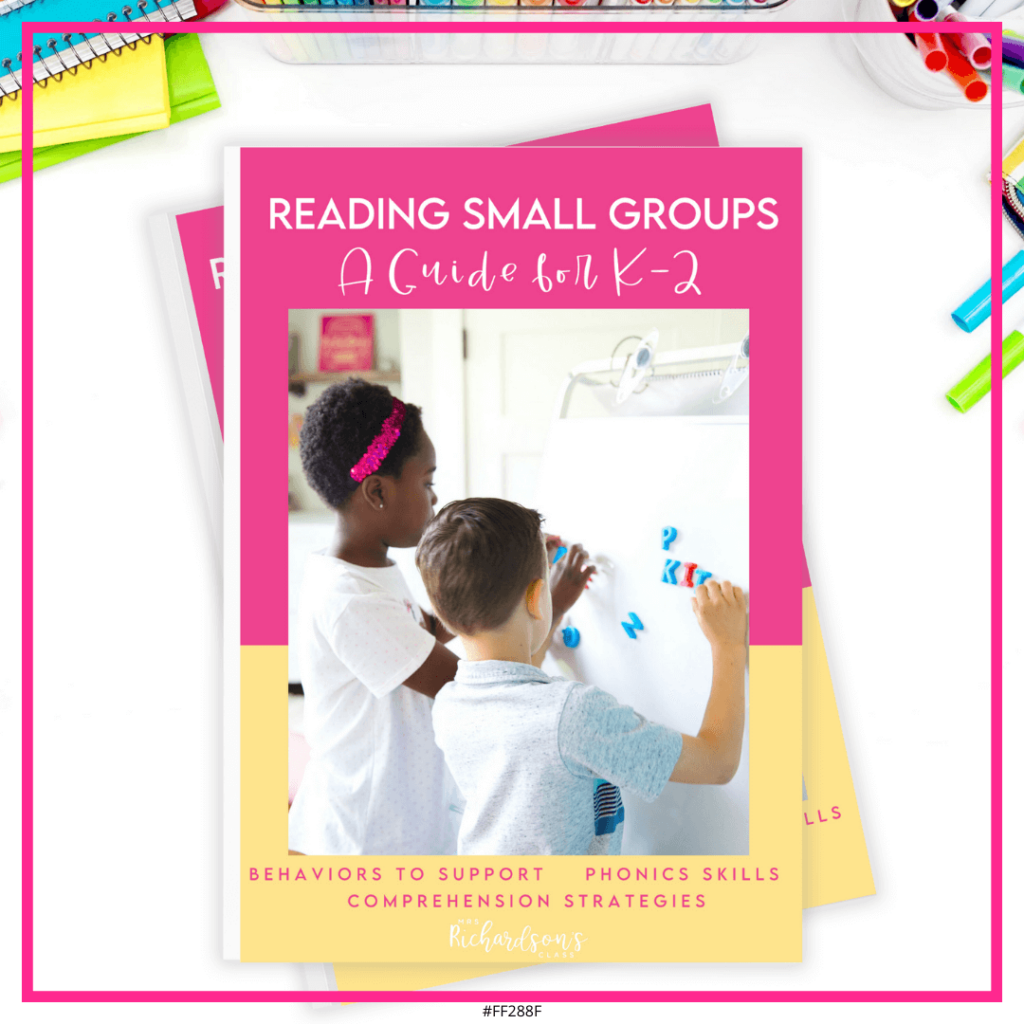
Want to use the latest research to boost your readers during small groups? This FREE guide is packed with engaging ideas to help them grow!

I’m a K-1 teacher who is passionate about making lessons your students love and that are easy to implement for teachers. Helping teachers like you navigate their way through their literacy block brings me great joy. I am a lifelong learner who loves staying on top of current literacy learning and practices. Here, you’ll find the tools you need to move your K-2 students forward!
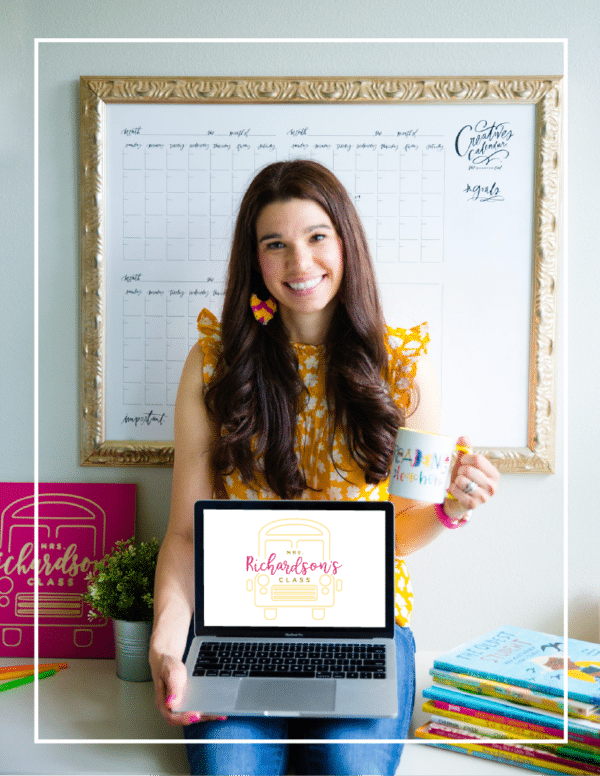
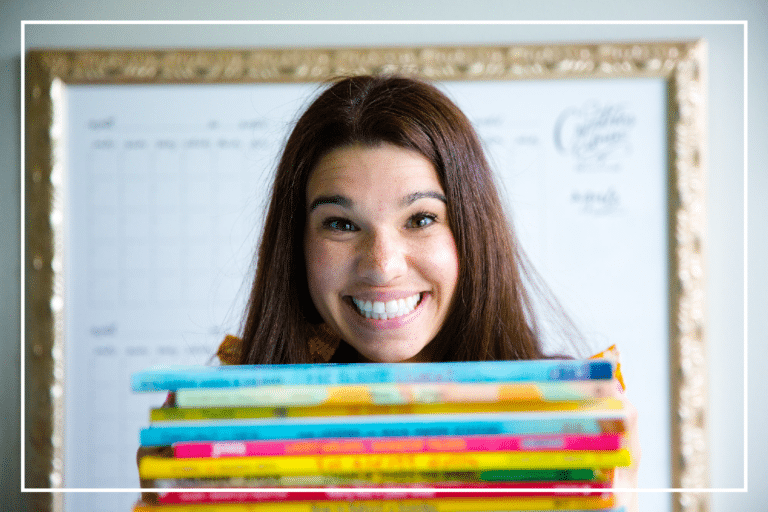
| Cookie | Duration | Description |
|---|---|---|
| cookielawinfo-checkbox-analytics | 11 months | This cookie is set by GDPR Cookie Consent plugin. The cookie is used to store the user consent for the cookies in the category "Analytics". |
| cookielawinfo-checkbox-functional | 11 months | The cookie is set by GDPR cookie consent to record the user consent for the cookies in the category "Functional". |
| cookielawinfo-checkbox-necessary | 11 months | This cookie is set by GDPR Cookie Consent plugin. The cookies is used to store the user consent for the cookies in the category "Necessary". |
| cookielawinfo-checkbox-others | 11 months | This cookie is set by GDPR Cookie Consent plugin. The cookie is used to store the user consent for the cookies in the category "Other. |
| cookielawinfo-checkbox-performance | 11 months | This cookie is set by GDPR Cookie Consent plugin. The cookie is used to store the user consent for the cookies in the category "Performance". |
| viewed_cookie_policy | 11 months | The cookie is set by the GDPR Cookie Consent plugin and is used to store whether or not user has consented to the use of cookies. It does not store any personal data. |
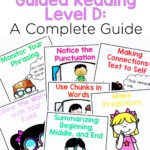
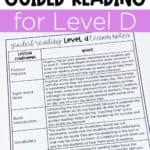
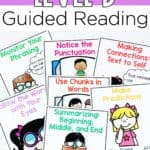
5 Responses
I would love a set of the guided reading resource cards. Thanks
Awesome! Just fill out the form at the end of the blog post! 🙂 They will be emailed to you as soon as you click the confirmation email!
I would love a set of the guided reading resource cards
I would love the guided reading resources!
I really enjoyed reading this information about guided reading. There is always more I can do for my kiddos to be more successful readers.